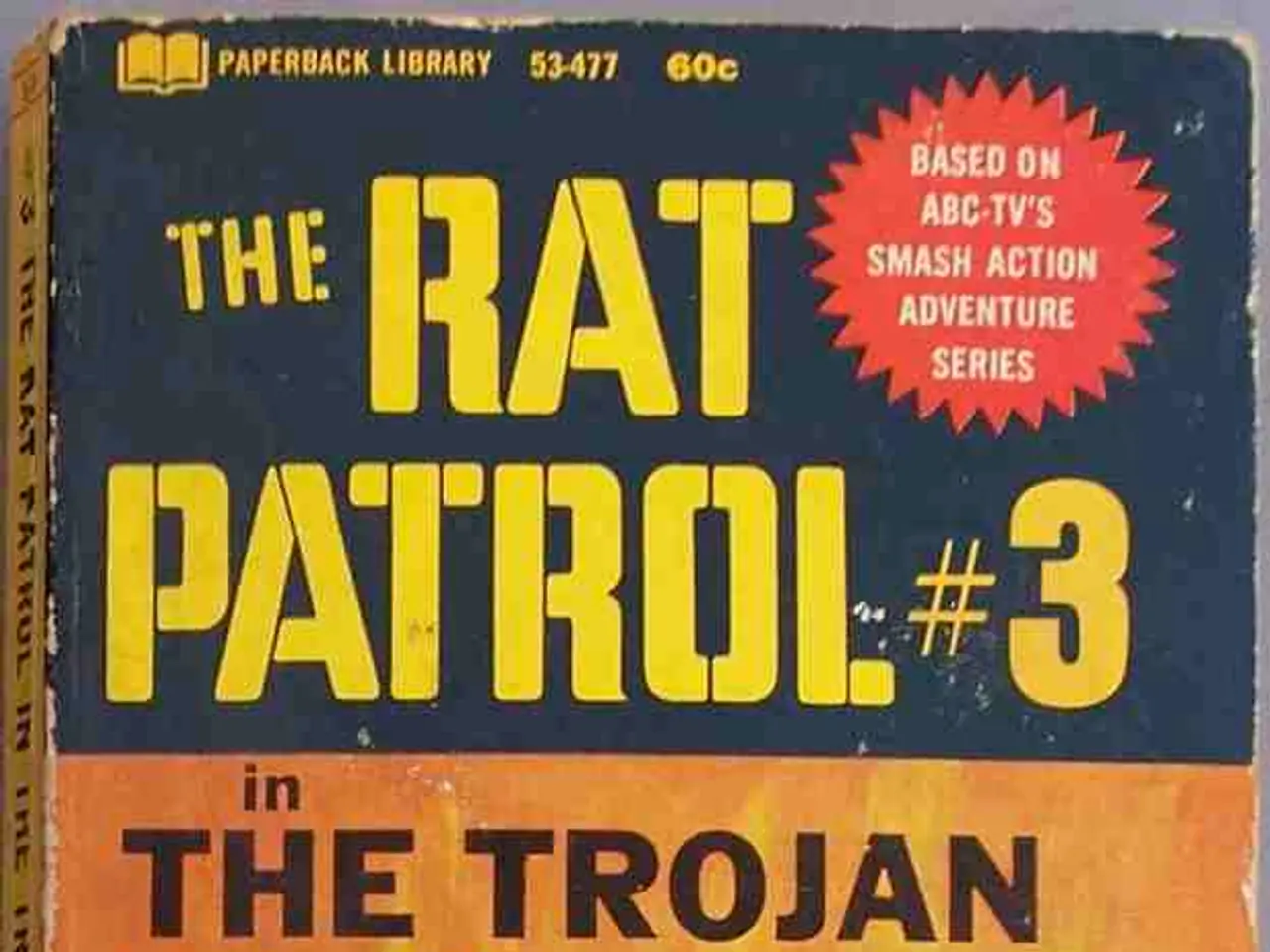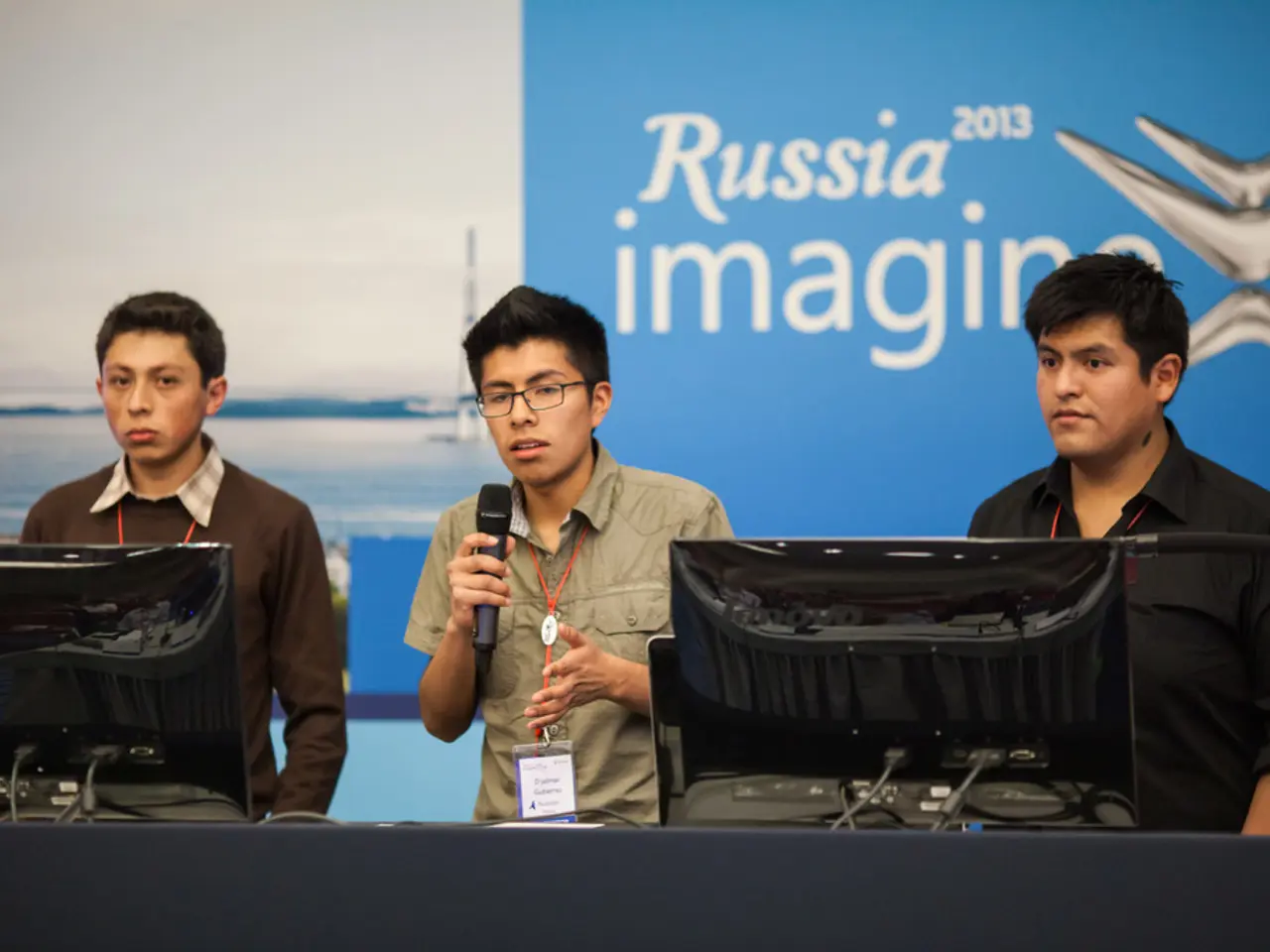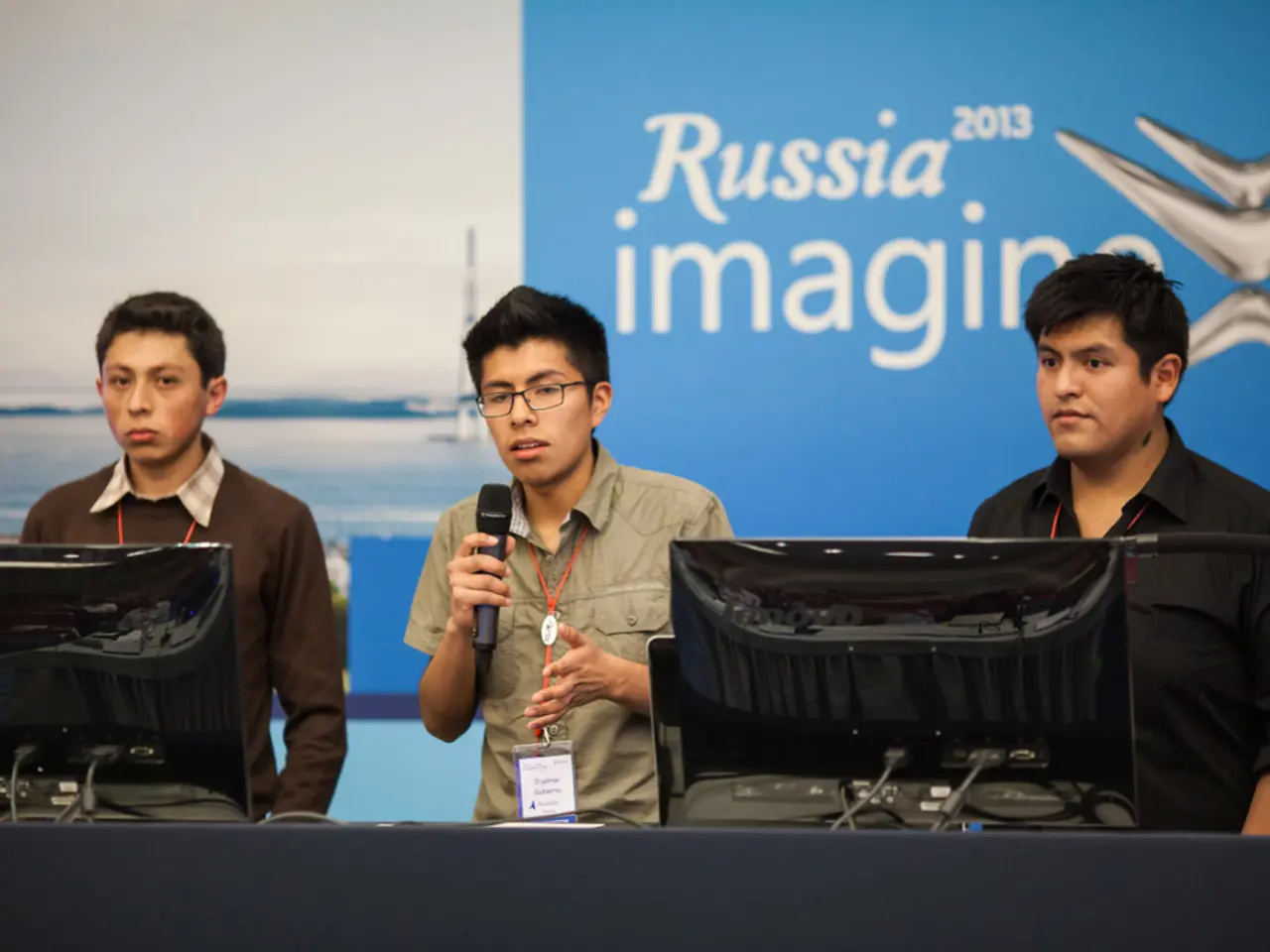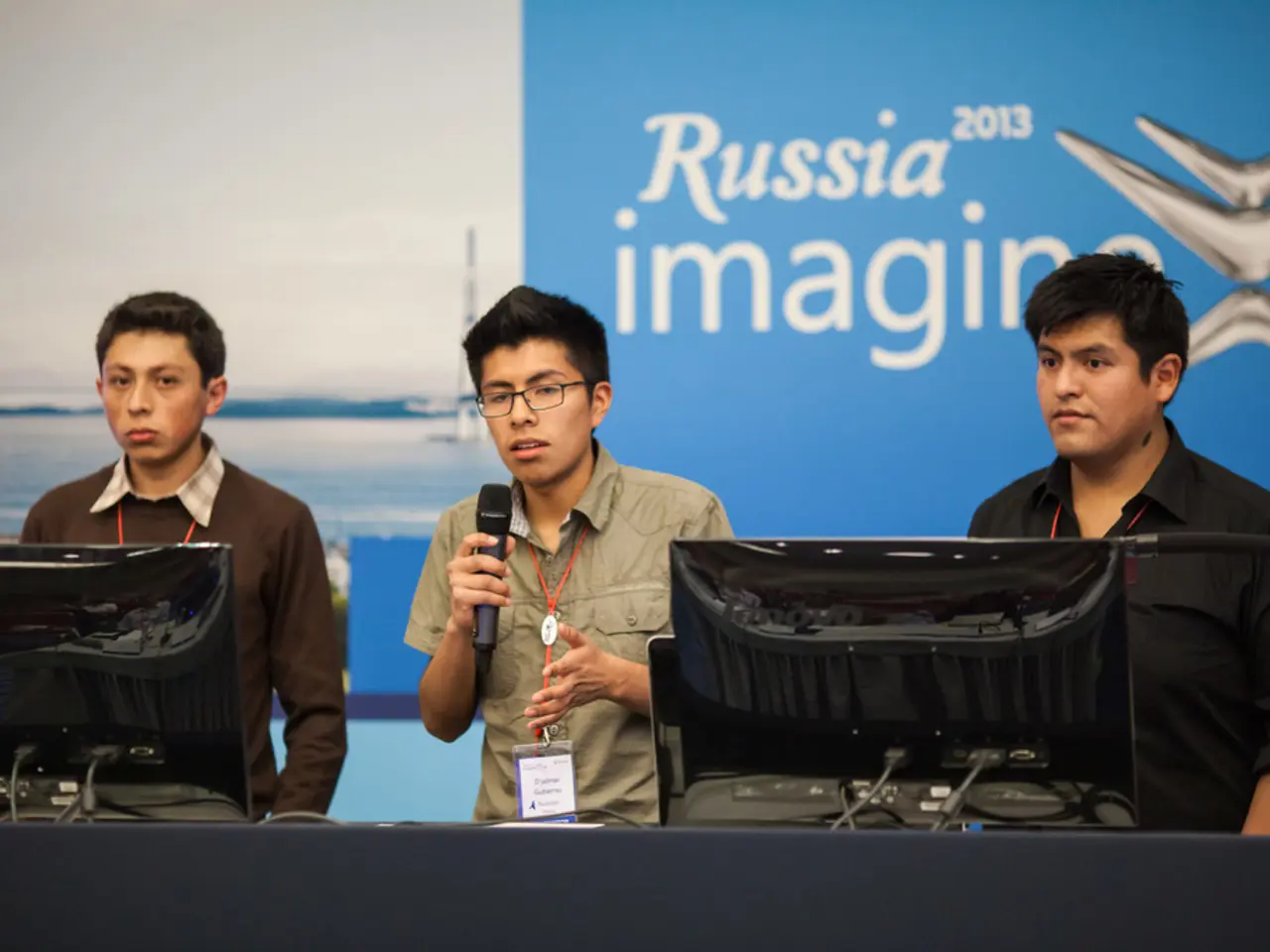Trump's Shift Towards Unconventional Idea of Arming Ukraine
In a significant shift in U.S. policy towards the ongoing conflict in Ukraine, President Donald Trump is set to announce a plan that aims to maintain support for Ukraine's defense against Russia while addressing his previous reluctance to directly provide arms to Ukraine.
The proposed plan, to be discussed with NATO Secretary General Mark Rutte on Monday, involves the sale of U.S. weapons to NATO allies who would then transfer those weapons to Ukraine. This approach is designed to insulate Trump from political criticism about his campaign pledge to reduce U.S. involvement in the Ukraine conflict.
Key aspects of the plan include the sale of high-value military assets such as Patriot missile defense systems, short-range missiles, Howitzer rounds, and medium-range air-to-air missiles to European NATO members. These allies would purchase replacements for the weapons they transfer from U.S. stock.
By structuring the shipments as sales to NATO allies rather than direct transfers to Ukraine, Trump can claim he is not reversing his campaign pledge to reduce direct U.S. involvement in the war. This move is expected to provide a financial boost to U.S. defense manufacturers, as systems like the Patriot missile battery are expensive (around $1 billion each).
The plan also offers logistical benefits. Transferring weapons already deployed in Europe to Ukraine can be faster than shipping new weapons directly from U.S. factories, enhancing the speed of delivery in response to increased Russian attacks.
This marks a major change from Trump's earlier stance, which avoided new arms packages for Ukraine in part to avoid becoming personally embroiled in the conflict. His growing frustration with Russian President Vladimir Putin and escalating Russian attacks in Ukraine have driven this renewed commitment to provide more aggressive military aid, including both defensive and offensive weaponry.
Ukrainian President Volodymyr Zelensky presented Trump and other leaders with a list of weaponry needed to stave off Russia's invasion at the NATO meeting in the Netherlands last month. European officials began conceiving a plan to allow for continued weapons support to Ukraine if Trump reduced U.S. involvement months before the election.
Among the countries already on tap to participate are Germany and Norway, with at least four more likely to join. German Chancellor Friedrich Merz spoke with Trump last week, expressing interest in receiving Patriot systems from the U.S. for transfer to Ukraine. Rutte has received messages of interest from several European nations wanting to join the plan.
The meetings at the NATO summit in the Netherlands were described as surprisingly productive, with discussions centering around the need for a coordinated response to the ongoing conflict in Ukraine. The plan, if implemented, could send a strong signal to Moscow that Trump is serious about his frustrations with Putin and his commitment to ending the war in Ukraine.
The proposed plan aims to sell U.S. weapons to NATO allies who will transfer them to Ukraine, thereby addressing President Donald Trump's previous reluctance to provide arms directly to Ukraine. Key aspects of this plan include the sale of high-value military assets to European NATO members, such as Patriot missile defense systems, short-range missiles, Howitzer rounds, and medium-range air-to-air missiles. This approach is designed to insulate Trump from political criticism about his campaign pledge to reduce U.S. involvement in the Ukraine conflict, while also offering logistical benefits due to the faster delivery of weapons already deployed in Europe.





